Graffiti Artist Portrays the Horrors of War in Yemen
Murad Subay most recently painted images of malnourished children.
— LONDON -- When Murad Subay takes a walk in his city of Sana’a in Yemen, he witnesses scenes that he didn’t see two years ago:
There’s trash everywhere. The roads, even the main streets, are full of holes, some completely without asphalt. Passersby look sad and cautious.
Many don’t have access to clean water or enough to eat. Some beg for food, while others are too proud to ask. Instead, they go out at the end of the night, looking for leftovers in the trash.
“Before the war, people would go to gardens, recreational parks and take walks,” Subay, 29, told ABC News. “Now, they mostly stay in their homes and try to live.”
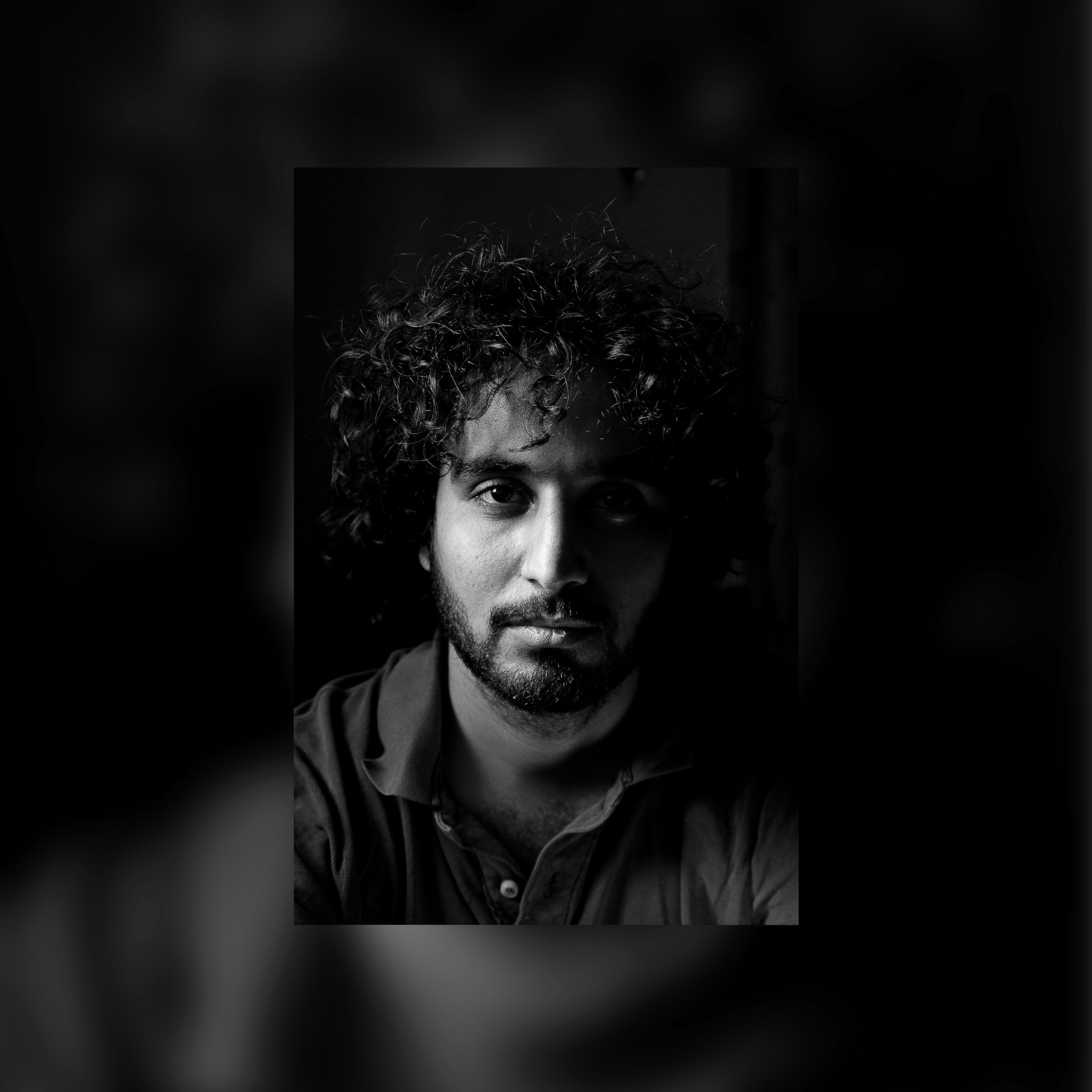
Subay, an artist originally from Dhamar, Yemen, moved to the capital Sana’a with his family in 1993. He now uses the walls of the city to paint about the 18-month-old war there.
Yemen is one of the world’s poorest countries and the war has made conditions much worse: The United Nations estimates that half the population -- more than 12 million people -- are in need of humanitarian assistance.
In June 2014, armed conflict between the government and militias spread across the country. Later that year, Houthi fighters, supported by former President Ali Abdullah Saleh forces, drove their way into Sana’a and, little by little, took over government institutions during the early months of 2015.
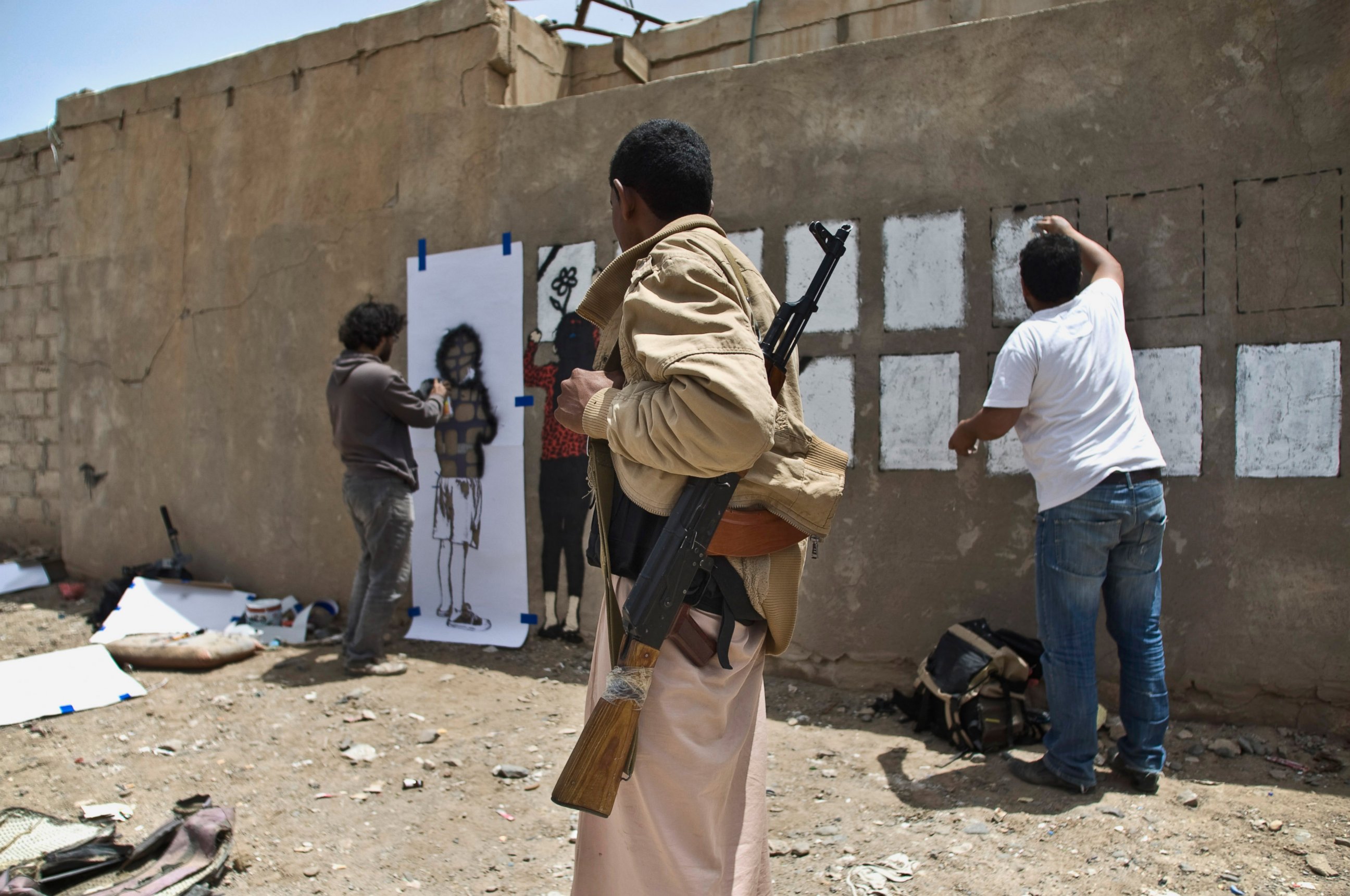
Interim President Abdrabbuh Mansour Hadi and his government fled the country. An Arab coalition of nine countries led by Saudi Arabia then initiated a military campaign to restore Hadi’s government to power.
Even before this conflict, Yemen had one of the highest rates of malnutrition in the world. The Rome-based World Food Programme is increasingly concerned about the lack of food and the growing rates of child malnutrition in Yemen.
In some areas like Hodeidah governorate, Global Acute Malnutrition rates have been recorded as high as 31 percent among children younger than 5, more than double the emergency threshold of 15 percent.
Almost half the children countrywide are irreversibly stunted, the World Food Programme says. Basic services across the country are on the verge of collapse. Chronic drug shortages, unpaid salaries and overall destruction restrict around 14 million Yemenis, including 8.3 million children, from accessing health care services, according to the World Bank.
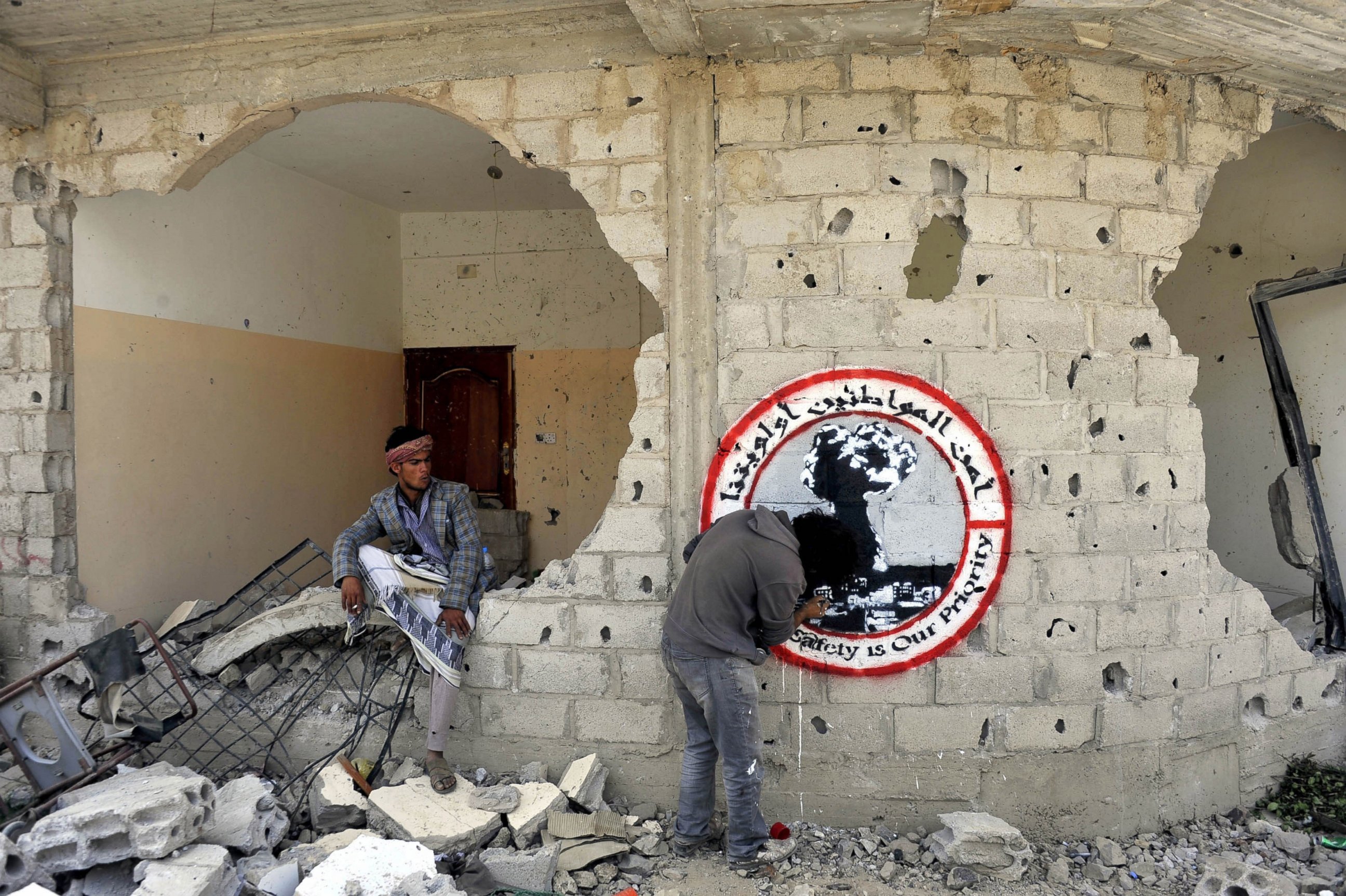
In his art campaign, “Ruins,” started in May 2015, Subay paints about some of the country’s problems. He painted on walls last week with his friends under the theme “death by hunger and disease.” An emancipated child in a casket was among the motives.
“There’s hunger, so much hunger,” Subay said. “People wait in line for water. Cholera was a disease of the 19th century but now we have people suffering from cholera in Yemen in the 21st century.”
When he was younger, Subay used to paint and draw at home. But that changed with the Arab Spring in 2011.
“We chanted for civil rights and for justice in the squares. People from every region of Yemen were there,” Subay said.
He decided to move his art out in the public and started painting with others on walls. During the first campaign in 2012, he and fellow artists painted portraits of more than 100 people who've disappeared.
Since then, he has painted about civilian deaths, destroyed homes, life under siege and restrictions on freedom of speech. Subay says there are only a few newspapers left in Yemen and that they all represent the same voice.
Subay's brother Nabil, a journalist, was shot in both legs by unknown perpetrators after he wrote critically about the war. He is now being treated in Cairo.
The parties of the conflict have also occasionally interrogated Subay and prevented him from painting in certain places. But that has never stopped him from initiating new campaigns.
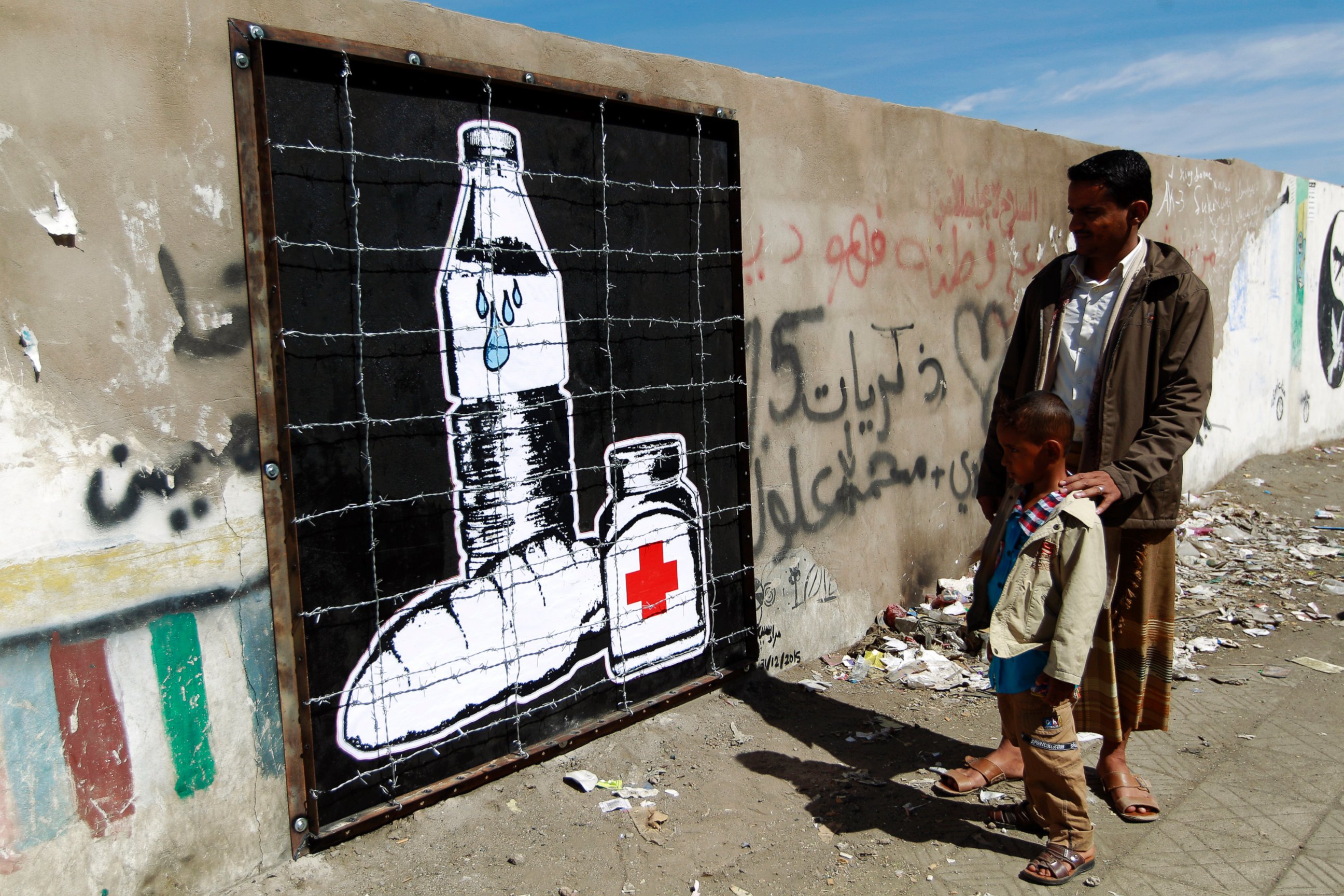
“When you are doing the right thing, you should not fear anybody,” Subay, whose wife studies at Stanford University in California, said.
Financial struggles, however, prevent him from painting as often as he would prefer. Like many other Yemenis in the Arabic-speaking country, Subay doesn’t have a salary.
“I can’t paint like before,” he said. “Materials are expensive, so I only paint every two months. Before, I would paint something every two weeks. There’s almost no work because of the war.”
He started painting and drawing in a serious way when he was in the eighth-grade in 2001. He did a sketch of a boy on an A4-sized paper sheet and showed it to his parents.
“They said, ‘You are an artist, go on. They started supporting me by buying me materials and then it started,” Subay said, adding that he wants friends, passersby and anyone elseo who wants to join to take part in his street art.
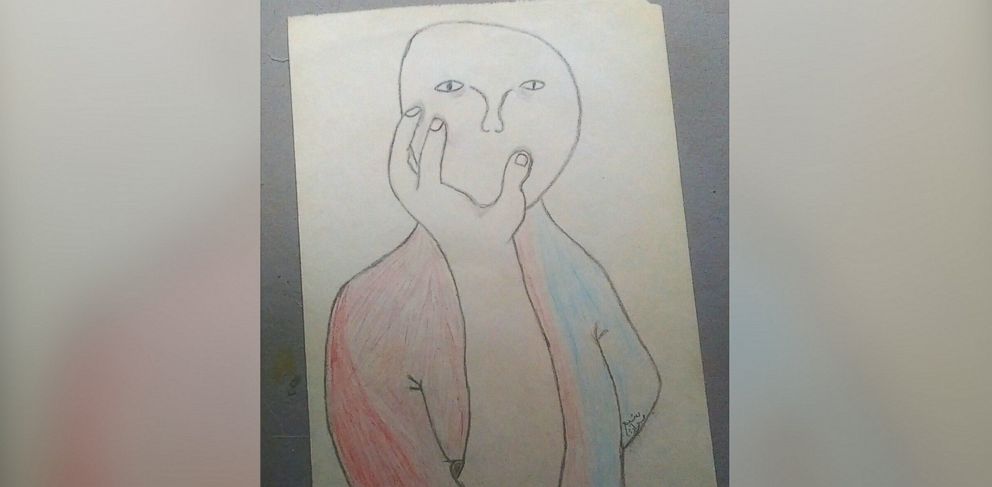
“Art gives hope and expresses the situation people are living,” he said. “It is the voice of people. In war, all voices are voices of hatred and destruction. What we do is show that there are other voices people can listen to. In times of war, even the smallest voices may save lives. Yemenis are in need of every voice in the world to push for stopping the war. The worst thing in war is when hope is lost. I personally also paint to protect myself from becoming hopeless."




